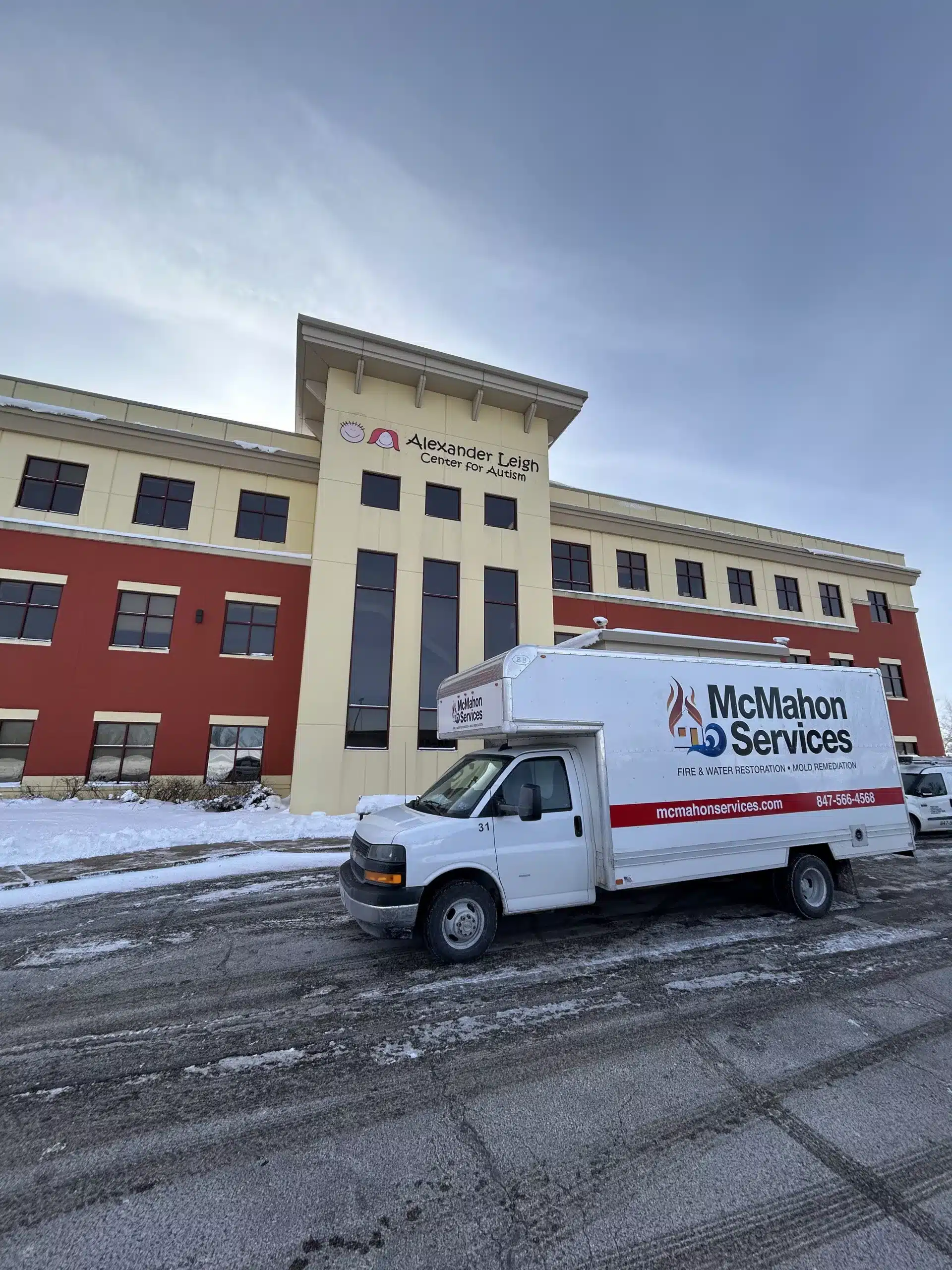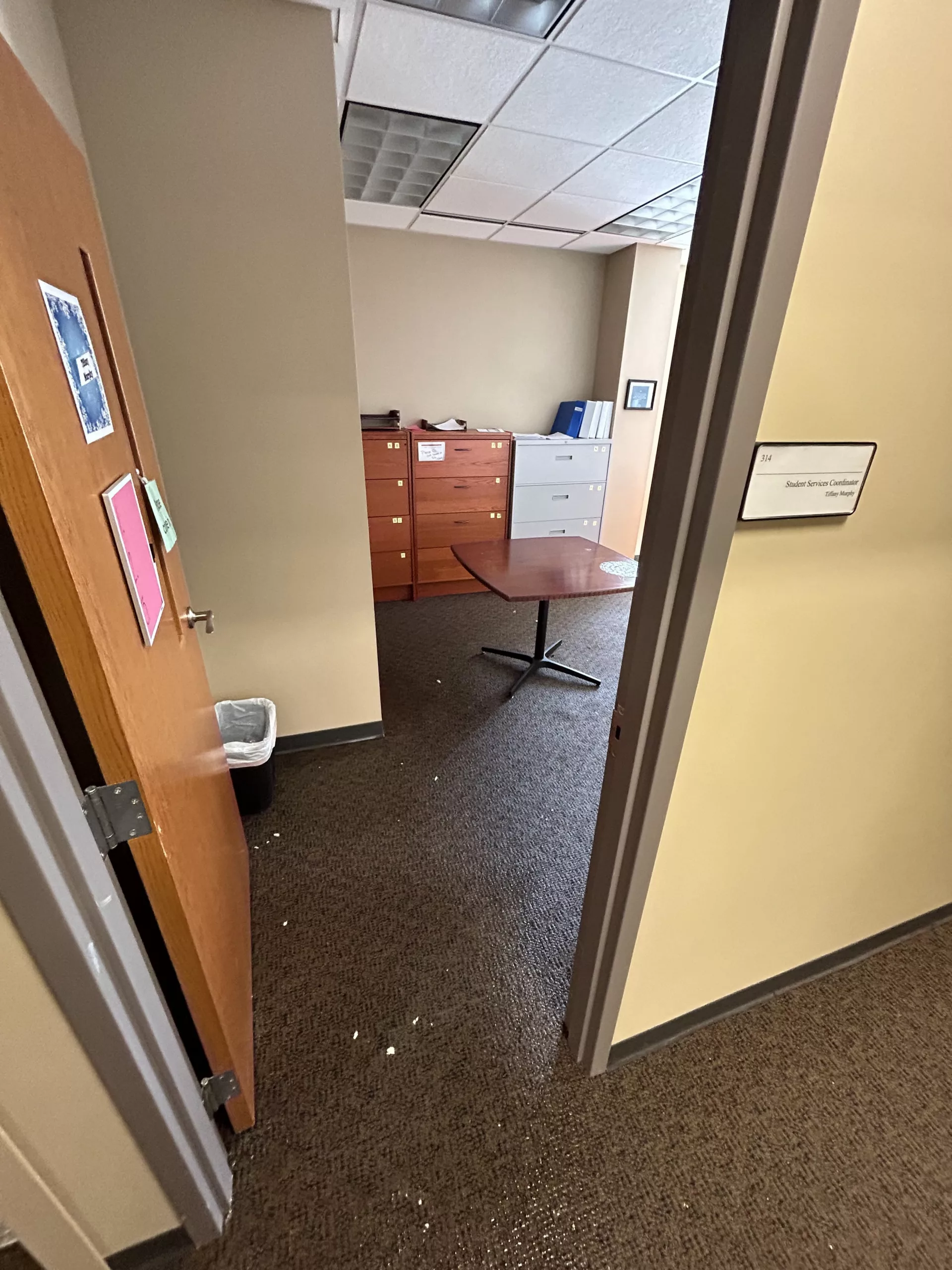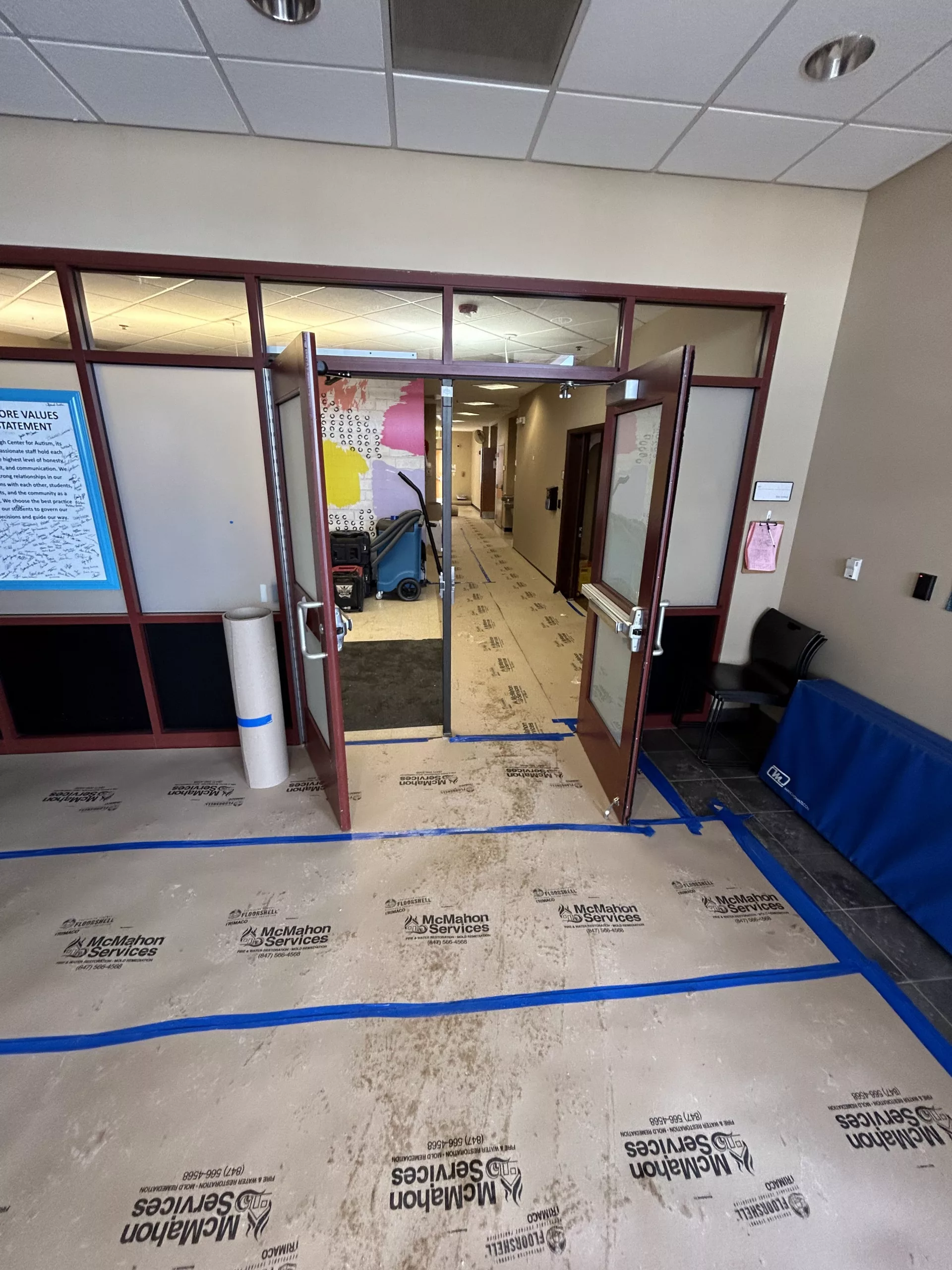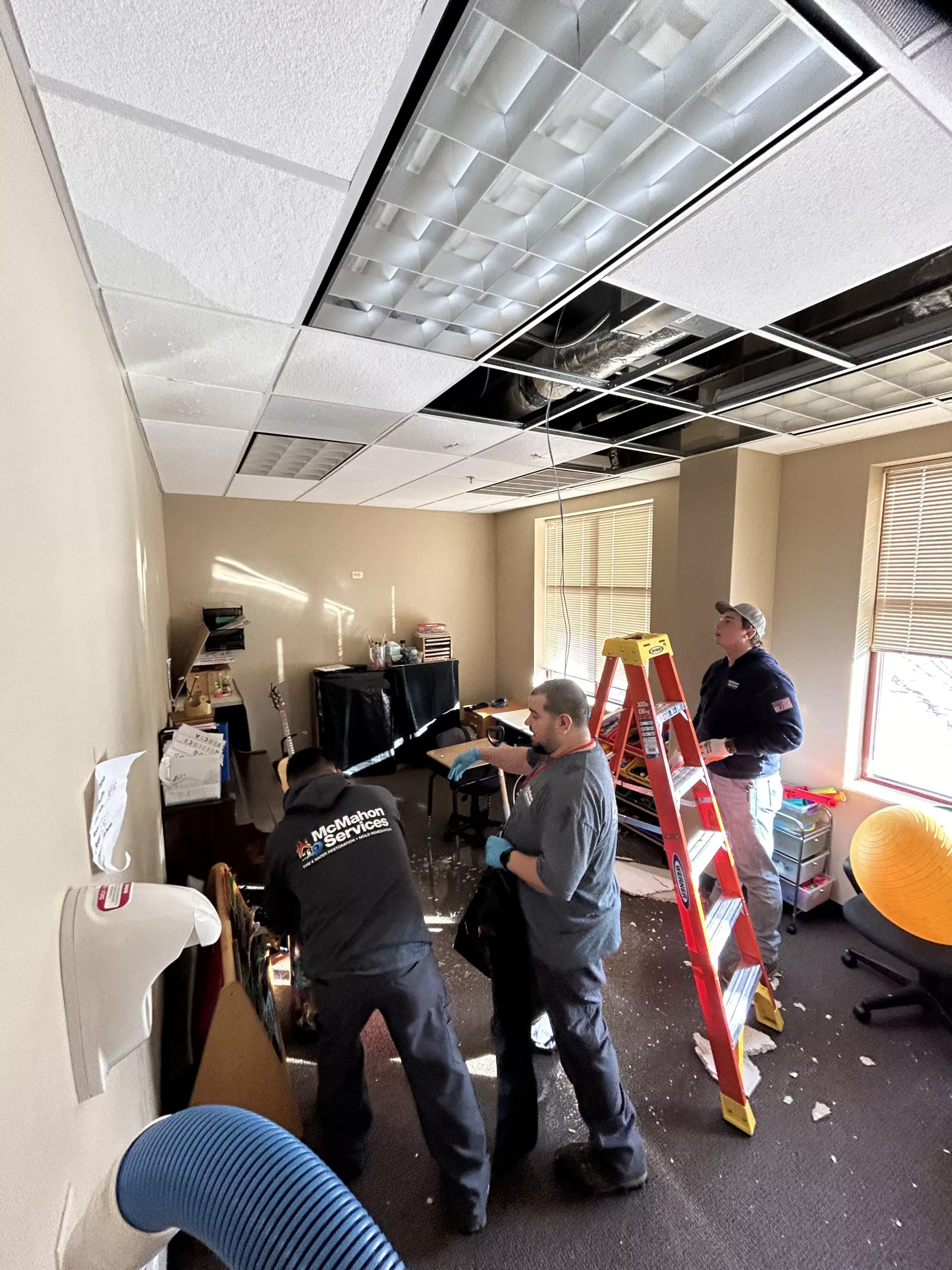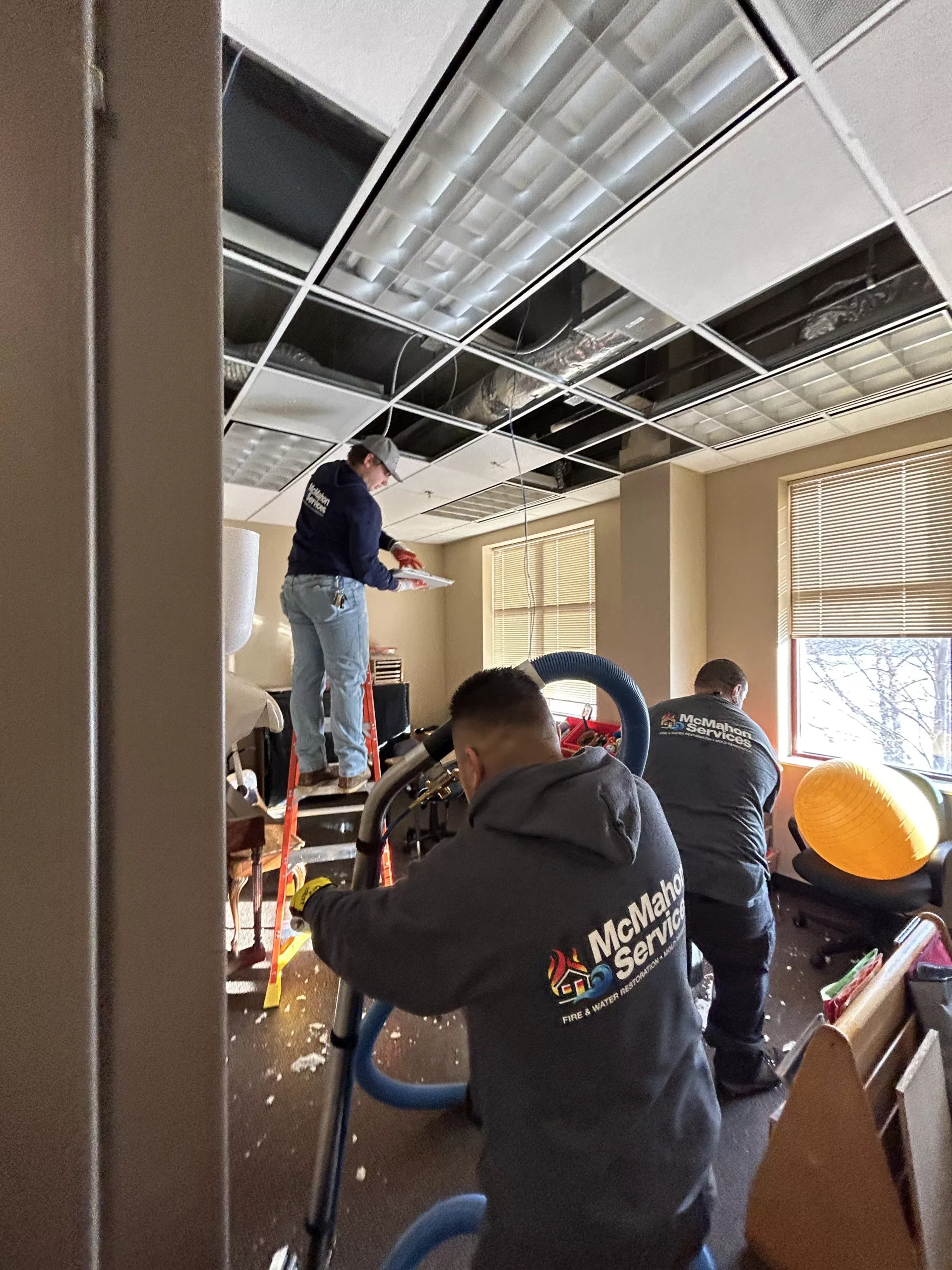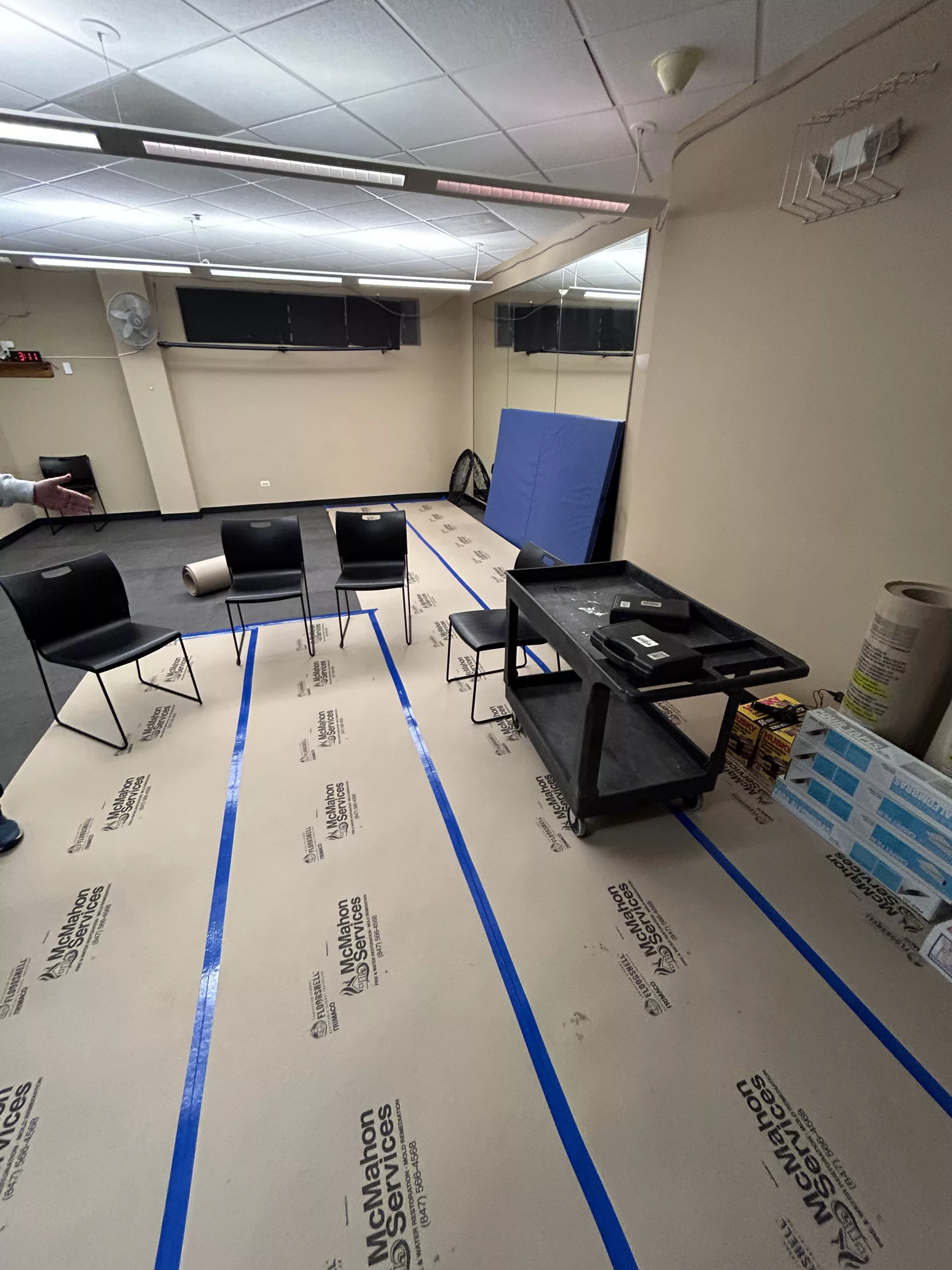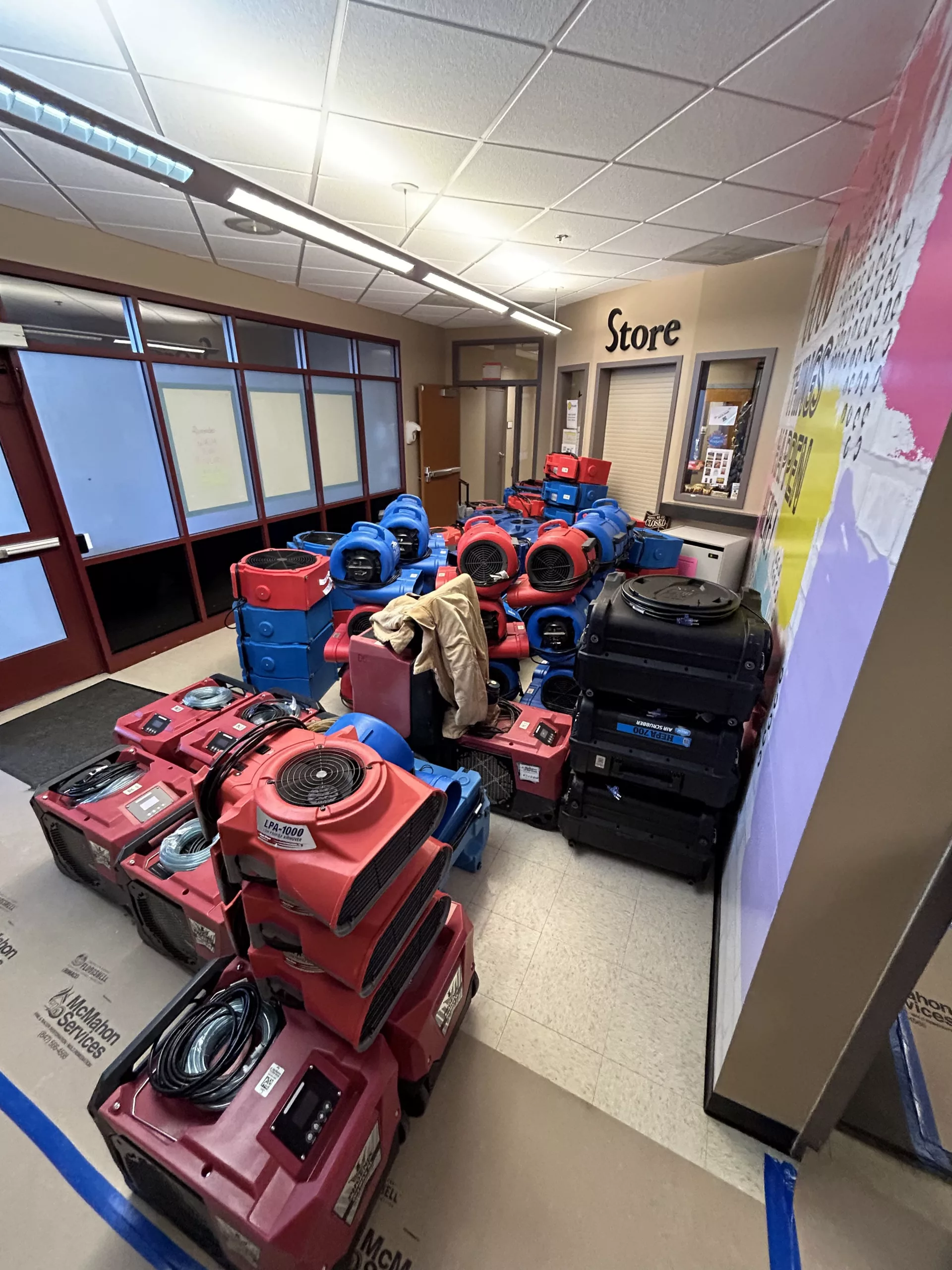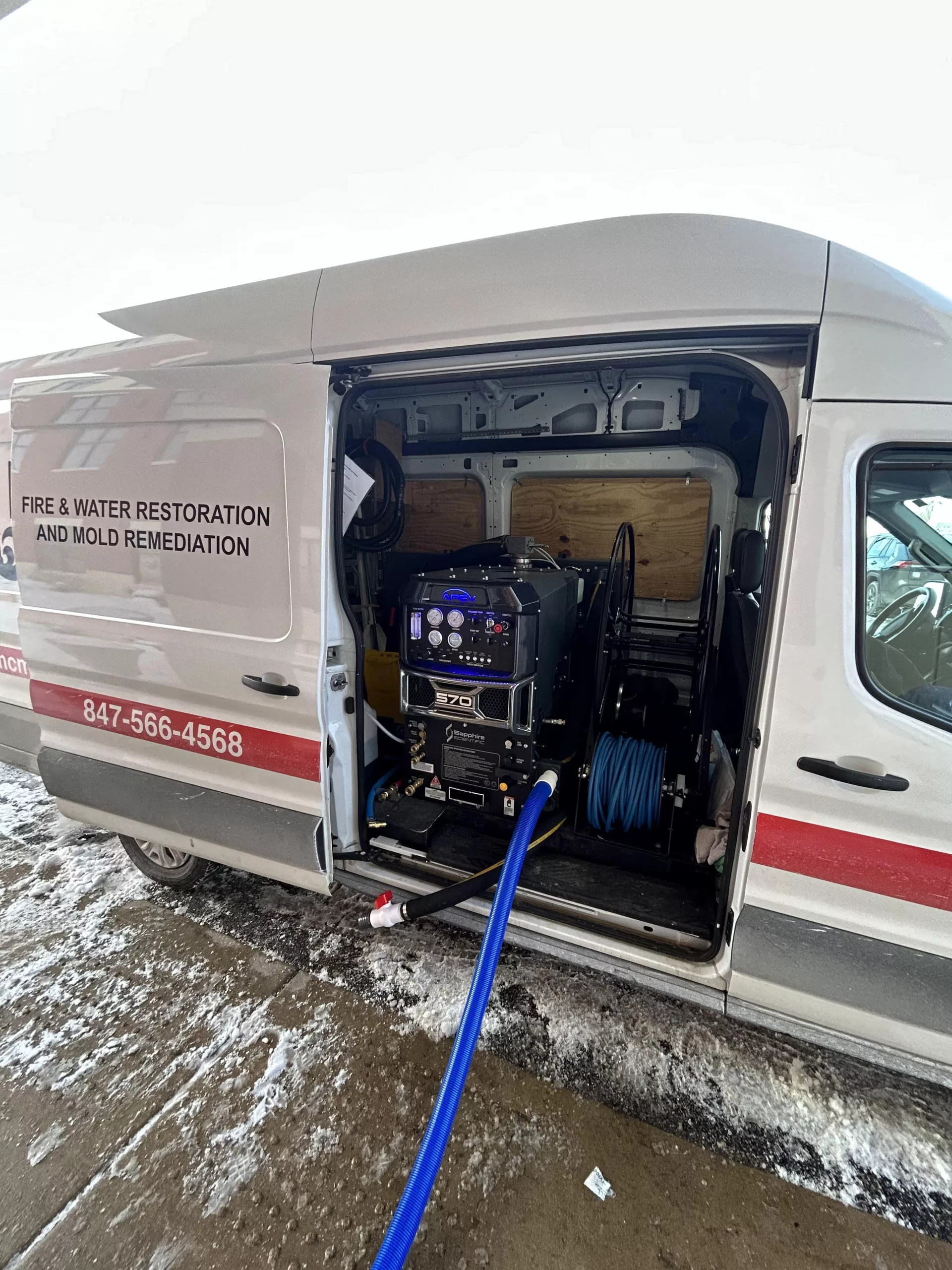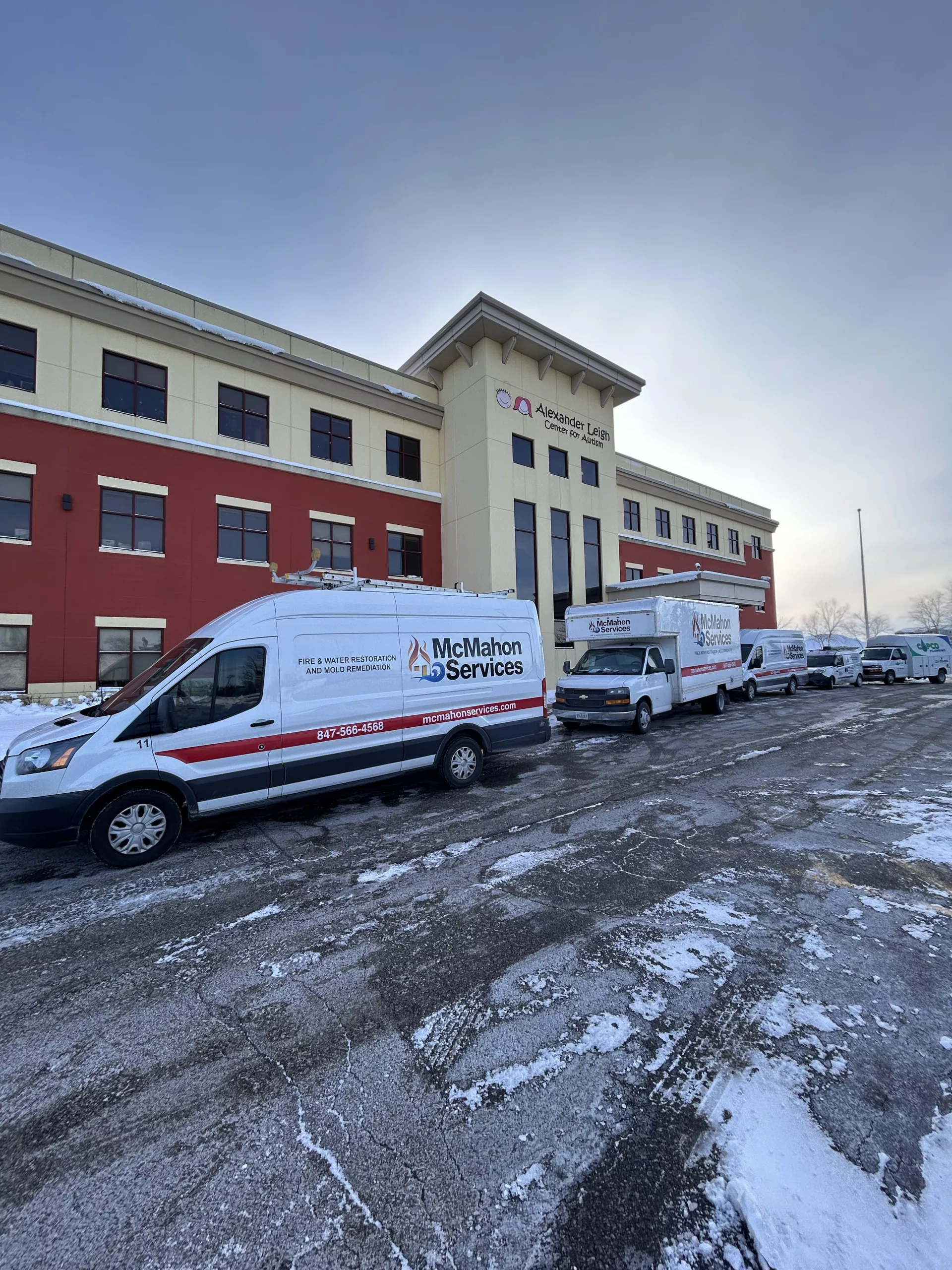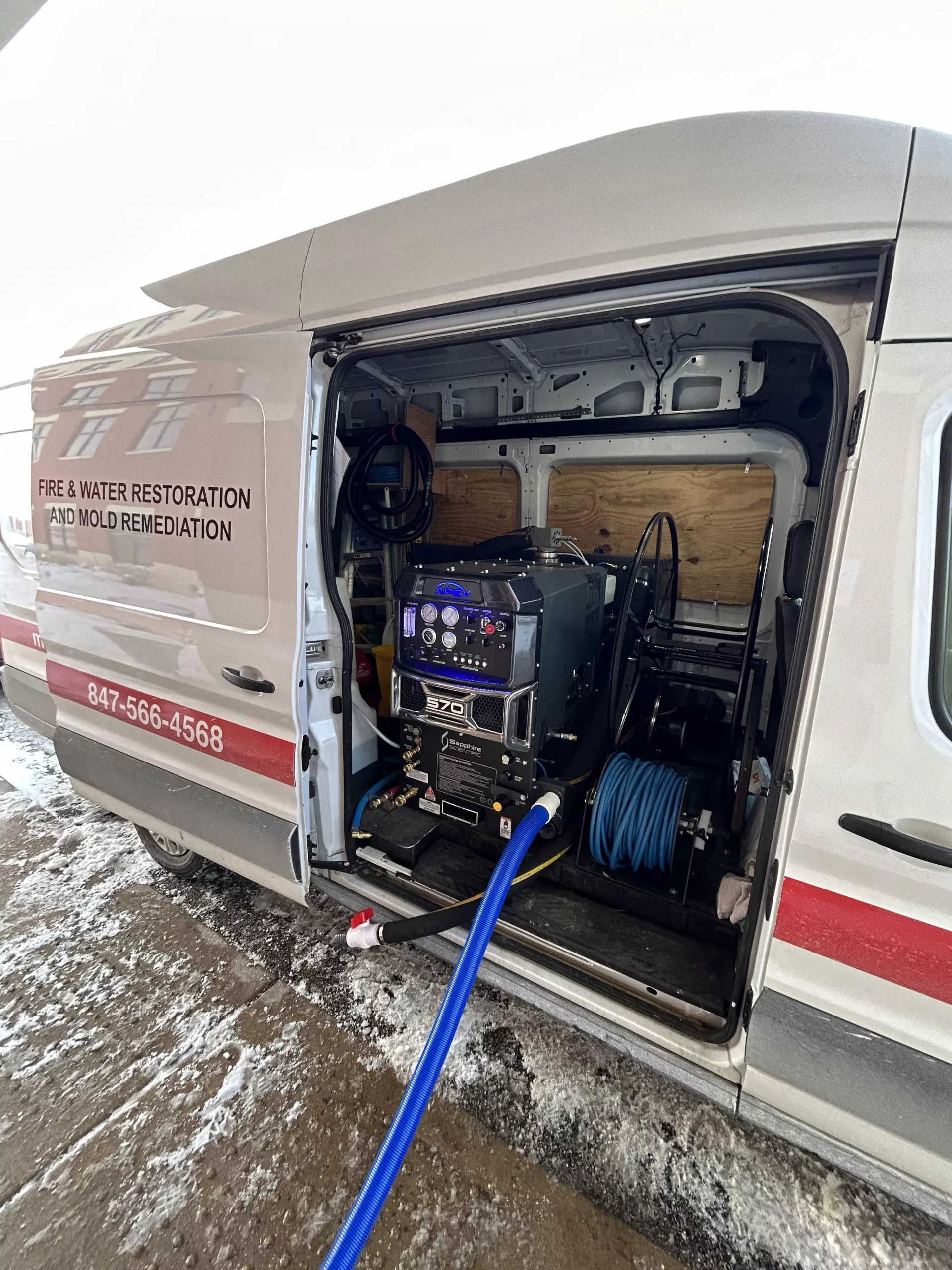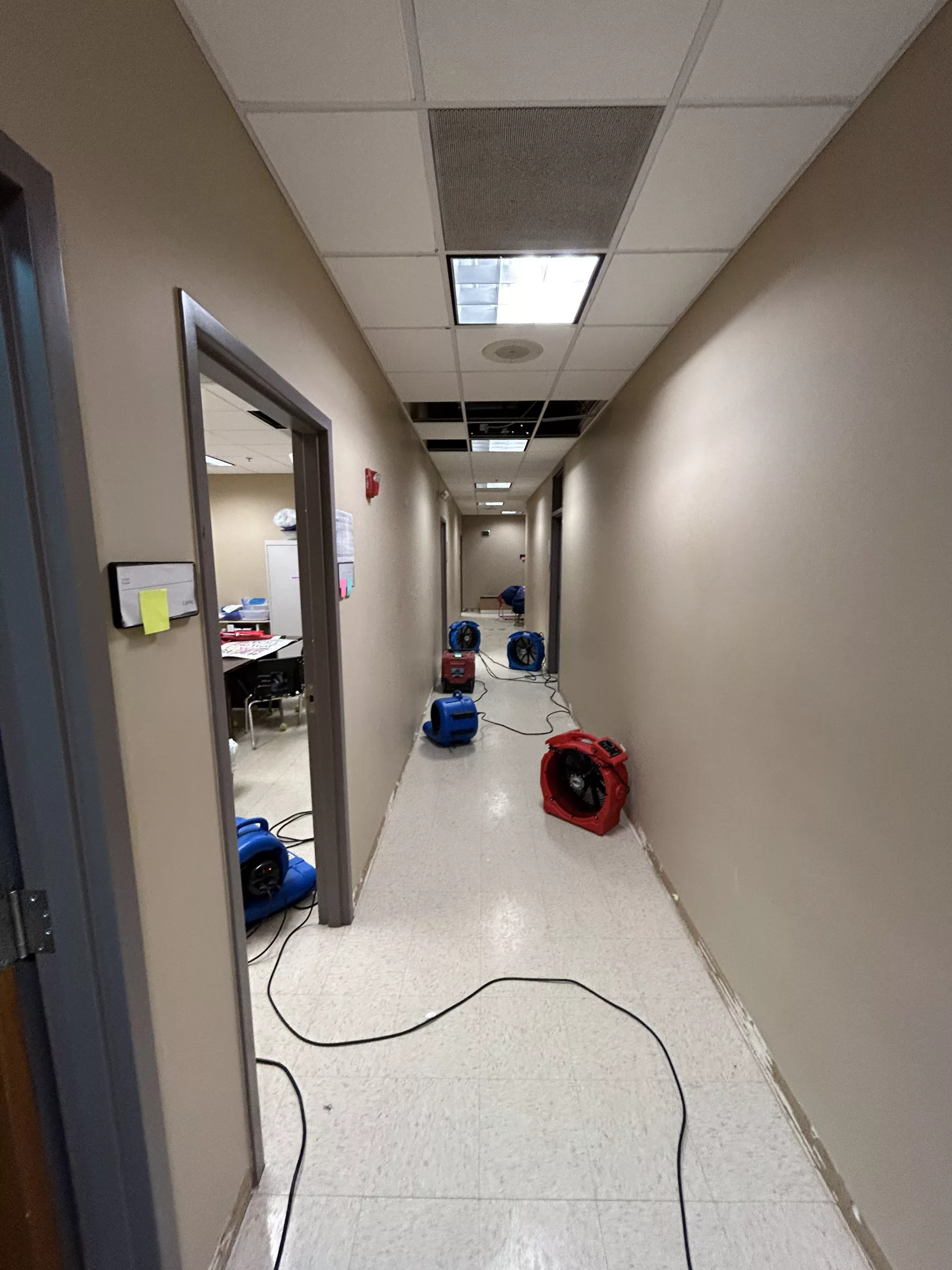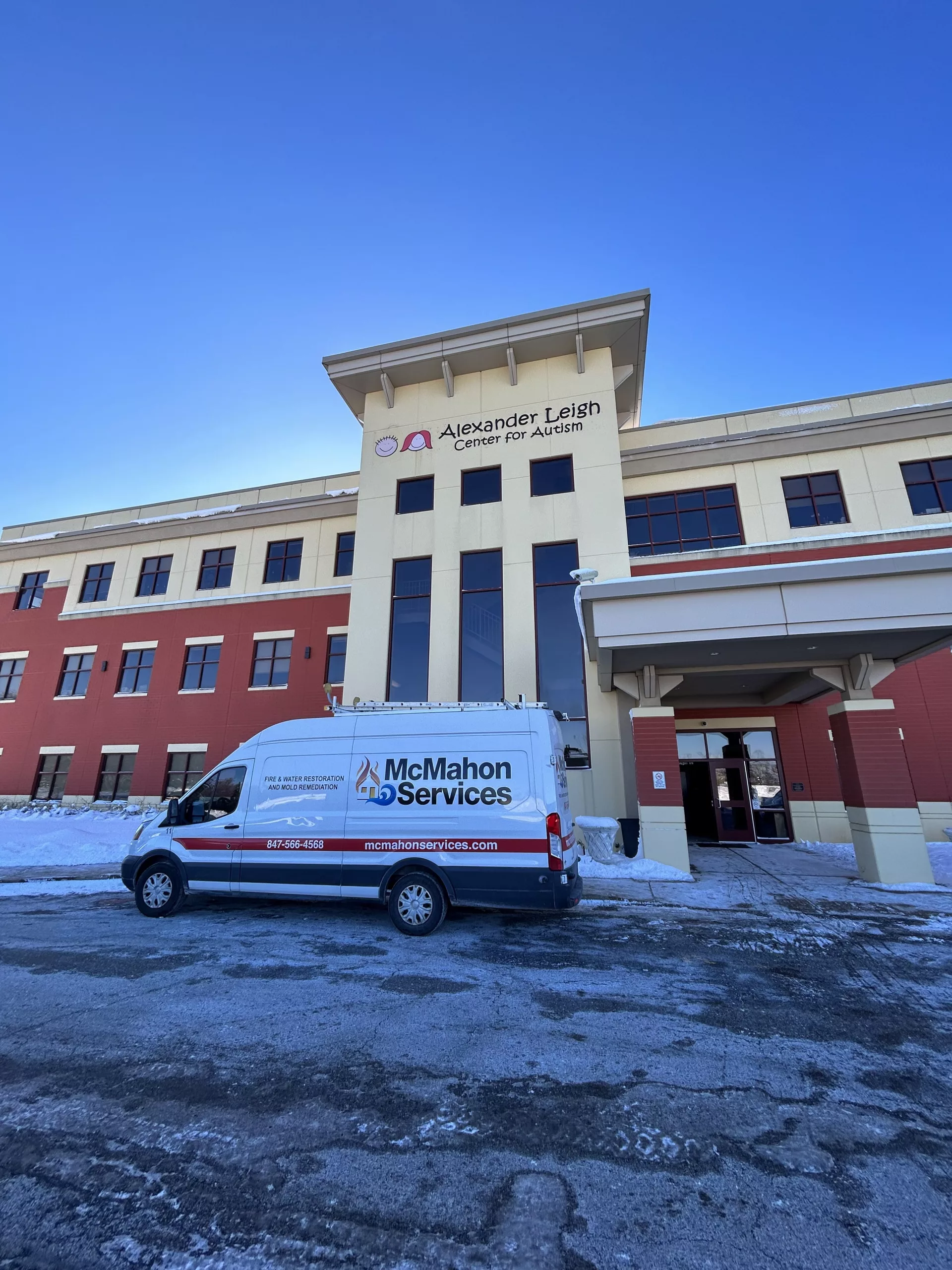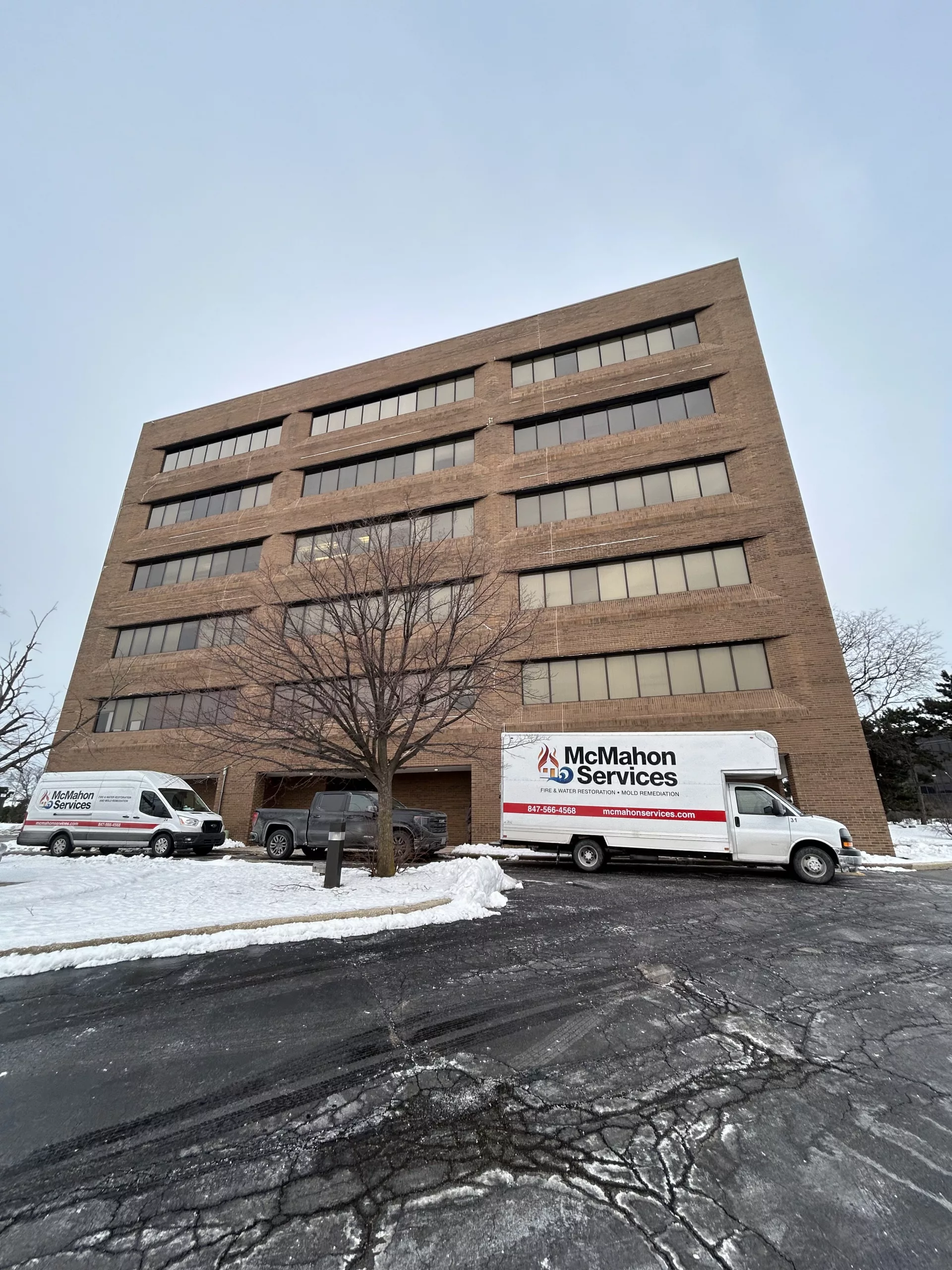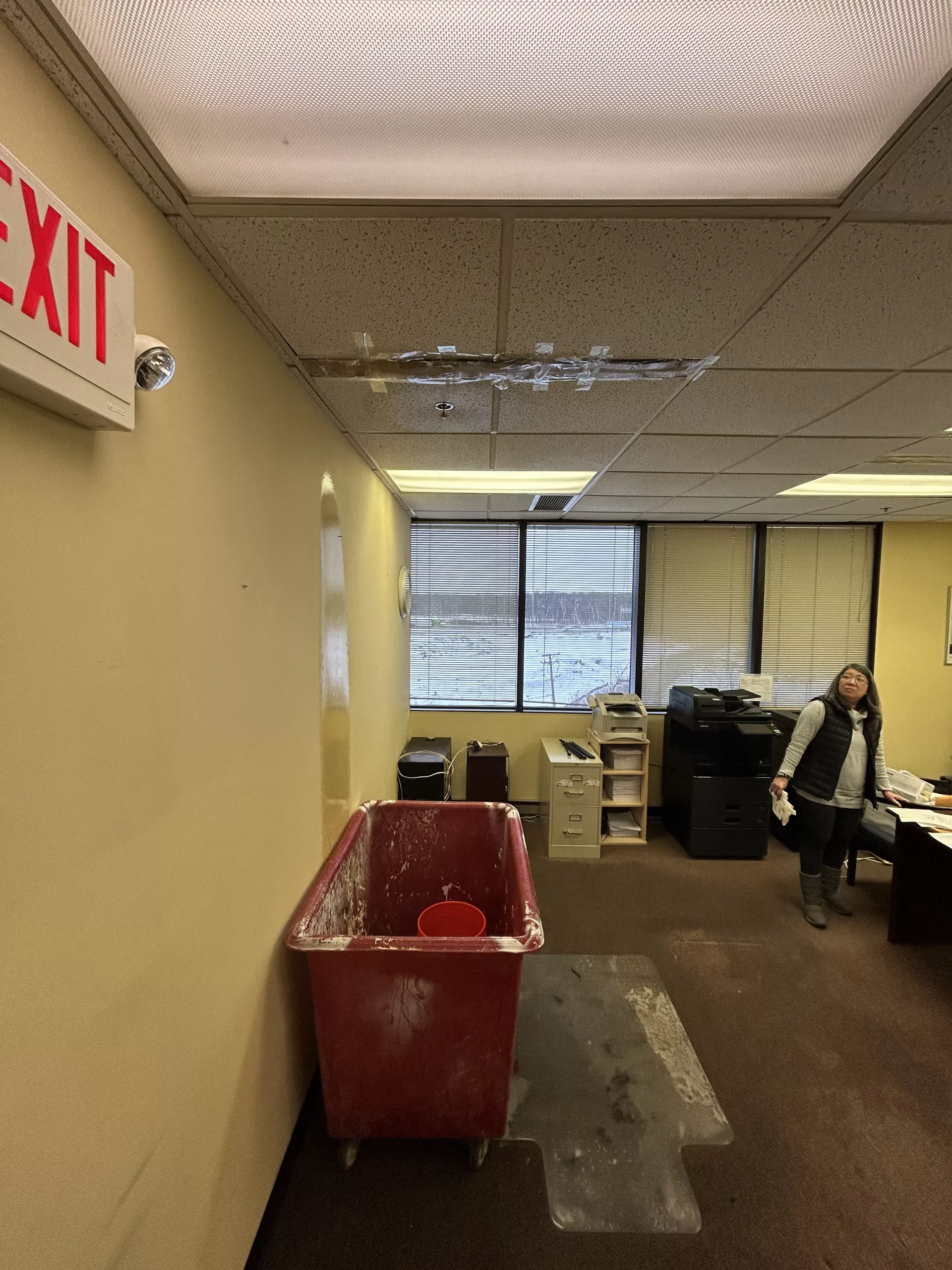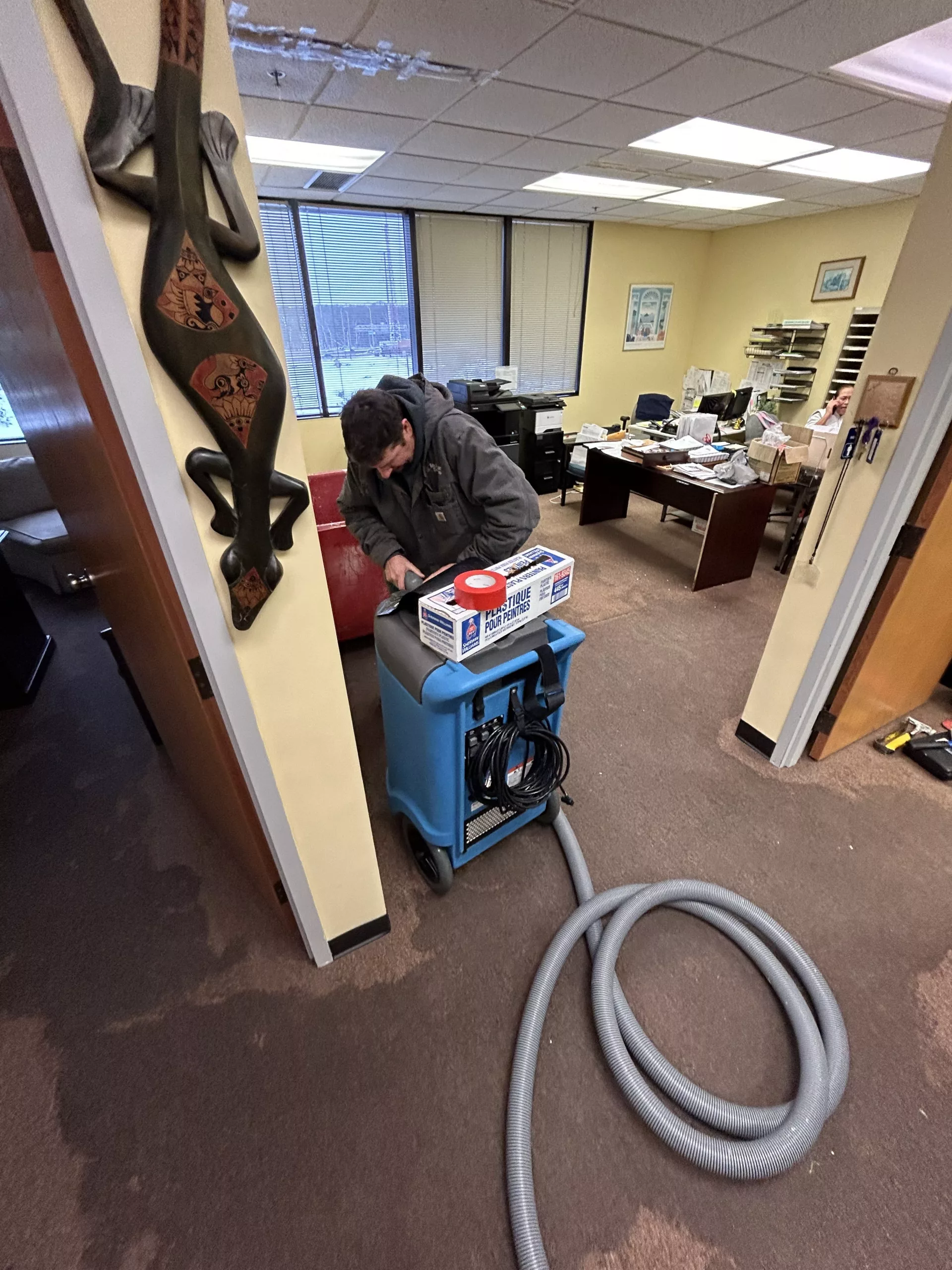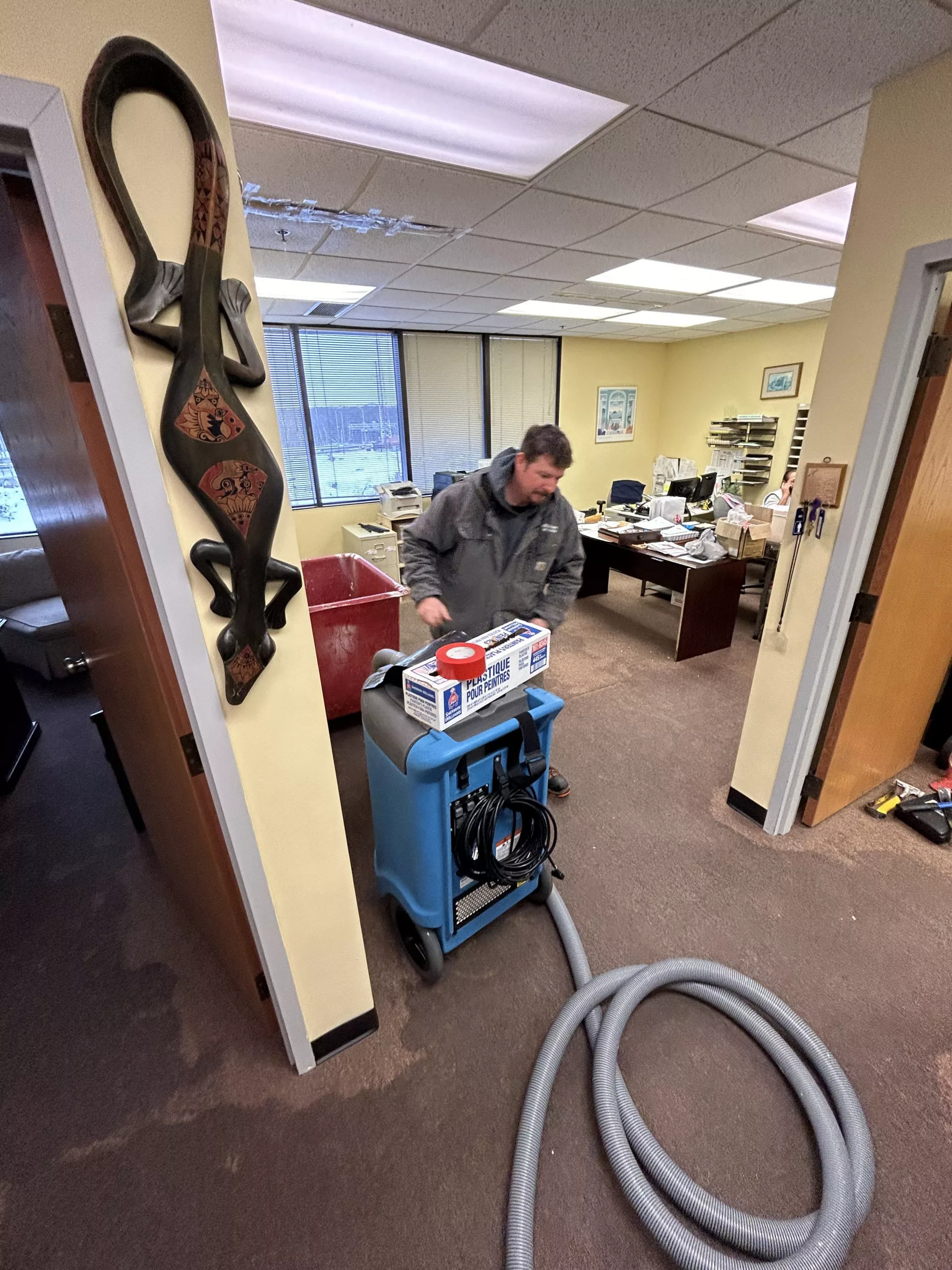Table of Content
What Is Water Damage Restoration?
Click Here
Why You Might Need Water Damage Restoration
Click Here
Common Misconceptions
Click Here
What Is Water Damage Restoration?
Water damage restoration prevents further damage from occurring by utilizing water removal, moisture control and structural drying. It begins with mitigation technicians inspecting the property and assessing the level and type of water damage. If the issue is not handled immediately, what started as an easily cleanable problem can become much more severe and expensive.
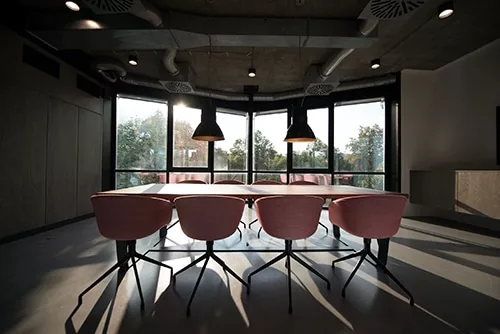
Categories and Classes of Water Damage
– Categories
Category 1:
Clean water — Consists of water that comes from a sanitary source and does not pose a threat if exposed to humans.
Category 2:
Gray water — Contains water that has been contaminated in some way and is not fit for ingestion.
Category 3:
Black water — Composed of “grossly” unsanitary water, containing human/animal waste and other contaminants that can cause severe illness or death if ingested.
– Classes
Gallery
The Four Stages of Drying
Common Water Damage Restoration Equipment
What to Expect
- Inspection and evaluation of the water damage.
- Emergency water extraction.
- Setup of air scrubbers, dryers, dehumidifiers and any other necessary equipment.
- Monitoring of humidity to determine levels of drying.
- Providing a water damage estimate.
- Clean up and restoration.
- Application of antimicrobials and/or germicide.
- Application of mold inhibitor.
- Deodorizing.
- Repairs, rebuild or construction services.
Why You Might Need Water Damage Restoration

The first step to getting an unexpected water event under control is water mitigation. But what kinds of scenarios might you run into with your property? Check out these examples:
- A 40-gallon hot water tank ruptures, discharging potable fresh water.
- An electric sump pump stops working and causes contaminated standing water.
- A sewage backup occurs due to a clog in the plumbing pipes.
- A severe storm causes flooding, leaving a foot of water.
If your business suffers from water damage and it does not pose a threat to your health to do so, there are a few steps you can take while waiting for a restoration team to come help:
- Turn off electricity to the affected area.
- Identify where the water is coming from, and try to stop or minimize the flow if possible.
- Call your insurance company and a professional restoration company.
- Take pictures of the damaged area for insurance purposes.
Move light or easily movable items that would make it easier for cleaning.
How to Choose a Water Damage Restoration Company
What certifications do you have?
Your restoration company should always have certifications. Look for a company that has earned the Institute of Inspection, Cleaning and Restoration Certification (IICRC), which ensures the highest standards of restoration processes and ethics from its certified companies.
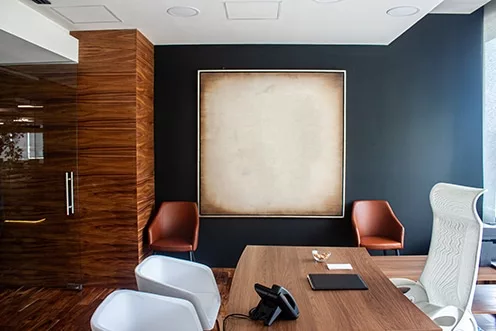
Common Misconceptions
I can just air dry.
Sure, your property will eventually dry even without mitigation, but it will take a long time and cause more damage. The moisture remaining in the floors and walls will degrade the materials and compromise their condition. It also breeds mold that will quickly spread throughout the damp area. Letting your space air dry will result in more damage than hiring a water mitigation company in the first place.
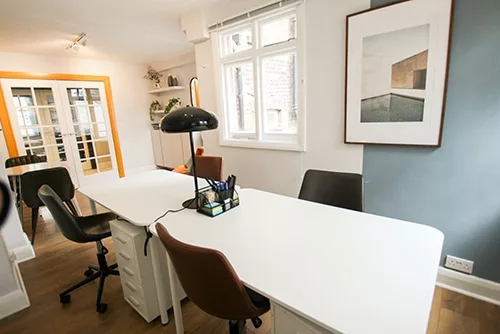
Just replace everything.
You might think it will be simpler to replace all of the damaged furniture and personal belongings, but the cost of restoration is often much lower than you would expect and a professional restoration team can identify and clean salvageable items.
DIY water mitigation is manageable.
While it is possible to rent water extraction equipment, you have to make sure you are comfortable operating it and understand what each device is capable of fixing. Category 2 or 3 water damage will mean you also need OSHA-approved PPE gear. At this point, it is probably easiest to let a professional company handle the process so you can be assured your space is completely safe and dry.
About McMahon
Since 1954, McMahon Services and Construction has built and maintained a reputation second to none in the home services and restoration industry. We handle residential and small commercial property (under 10,000 square feet) restorations. We hold a “preferred contractor” status with many insurance industry leaders, which means we provide:
✔ Certified/trained employees by the IICRC.
✔ Quick response time to mitigate the situation.
✔ Proper materials and equipment to mitigate the situation.
✔ A detailed estimate that has been approved by the property owner and insurance carrier.
✔ Compliant coverage in liability and workers’ compensation for the property owner and insurance carrier.
✔ Excellent workmanship in all areas of mitigation and construction.
✔ Complete satisfaction from the homeowner and insurance carrier.
✔ Warranties on workmanship and materials.
Our team has over 20 years of experience in water damage and cleanup services along with certified staff in this field. We also offer 24/7 services in emergency situations. Our team is here to help get your business back to normal as soon as possible.
